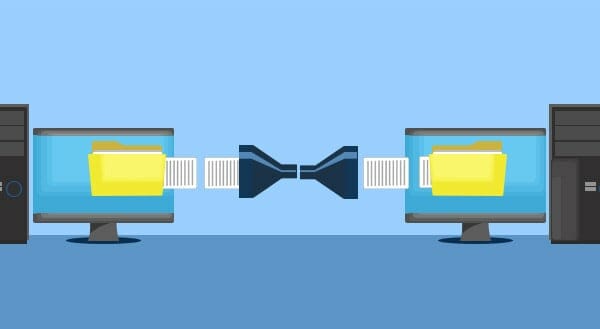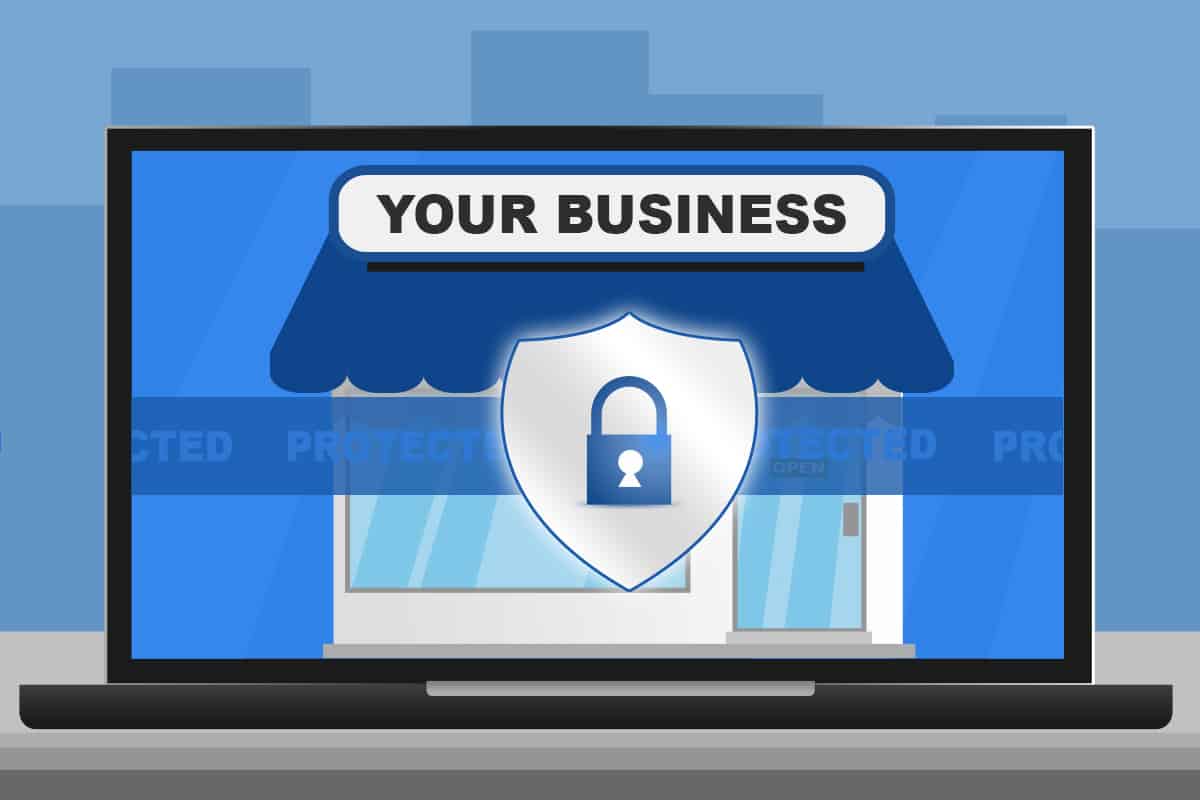Marriott Hotels Exposed 500 Million Customer Records. Make Sure Your Business Doesn’t Suffer the Same Fate.
Up to 500 million travelers could be compromised as hotel chain Marriott International have announced a security breach in their guest database. Analysts recently alerted the firm to a vulnerability that has granted hackers access to the hotel chain’s systems since 2014.
 The firm announced their Starwood Preferred Guest (SPG) loyalty program was compromised for an extended period which left customers vulnerable. The exploit exposed critical guest information which included names, addresses, passport numbers, and dates of birth. Marriott also announced an unknown number of customers had encrypted credit card details stolen in the attack.
The firm announced their Starwood Preferred Guest (SPG) loyalty program was compromised for an extended period which left customers vulnerable. The exploit exposed critical guest information which included names, addresses, passport numbers, and dates of birth. Marriott also announced an unknown number of customers had encrypted credit card details stolen in the attack.
If you have been a member of Marriott’s Preferred Guest Program or a customer of Marriott hotels in the past, you should take steps today to ensure your data security. By doing so, you can protect your finances, prevent identity theft, and defend your data from attackers looking to exploit an opportunity.
Secure Your Data
Changing your Marriott password should, of course, be the first step to protecting your accounts. Even more importantly, sites where that same password may have been reused should be updated with new credentials too. Hackers commonly try details stolen from one site to access popular services and pages. We encourage everyone to use a password manager to store their details for safe use in the future. A good password manager enables unique, random, and strong passwords to be used with ease for every single website.
While we can’t stop hacks on systems outside of our control; we can defend our other accounts from being accessed by criminals.
With secure password management, attacks on your business services or related accounts from a single hack are made impossible.
Performing Damage Control
The damage to the Marriott International brand following news of the leak will be undoubtedly huge. At a minimum, they have lost the trust of their customers worldwide. Asking customers to leave their personal and financial details again to pay for goods and services will be no small feat.
News of the hack made front page news as it broke, further damaging the firm’s reputation among potential future customers too. As a result of a simple security attack, Marriott International will be forced into damage limitation to keep customers returning to the brand. This is why business security matters to us; when done right it’s cheaper by far.
The total cost of this latest attack won’t be known for years to come. The firm is vulnerable to lawsuits worldwide, in some cases liable for financial losses, and required to purchase identity monitoring and security services for affected customers. Business owners can learn from Marriott’s costly lesson.
Stopping an Attack in its Tracks
Marriott’s security breach was recently discovered, hitting the headlines just this week, but the firm admitted unauthorized access took place since 2014. This means the firm had a security hole for four years that they were unable to detect or patch.
For a firm of any size, this should be unacceptable. As business owners, we shouldn’t accept security vulnerabilities that leave our records, finances, or services open to hackers. As customers, we shouldn’t accept our data being treated so carelessly. The recent Marriott hack underlines the need for businesses to maintain constant network monitoring, regular security updates, and a lockdown on data access.
Protect Your Business and your Customers – Any business can find their systems vulnerable to attack at some point. Whether waiting for updates, a newly released zero-day hack, or malicious employee; responsible firms take steps to limit their liability.
As a rule, staff accounts should be locked to only the systems the regularly need to access. Similarly, customer data should only be open on an as-needed basis when a legitimate requirement exists. These steps, alongside systems and data monitoring, prevent a small-scale attack resulting in an enormous data breach. Strong security enables customers to place and maintain their trust in a brand they can keep coming back to again and again.
If your business could use a security update to protect against a Marriott style attack in the future, give us a call today at (416) 645-2469, (905) 667-0441 or email us.

 Getting hit with a ransomware attack is never fun, your files get encrypted by cybercriminals and you’re left having to decide: should we pay to get them back? It’s a scene that’s played out across the world with 70% of businesses saying ‘yes’ in 2016 alone. Here’s what you should consider if you’re ever in this situation.
Getting hit with a ransomware attack is never fun, your files get encrypted by cybercriminals and you’re left having to decide: should we pay to get them back? It’s a scene that’s played out across the world with 70% of businesses saying ‘yes’ in 2016 alone. Here’s what you should consider if you’re ever in this situation.
 Congratulations on your new business! Start-up costs can easily escalate, and tech is often one of the bigger expenses. It’s not that everything is high priced, but the sheer number of technologies available can overwhelm smart decision making. The latest tech is dangled in front of you with amazing features you didn’t know you needed, and suddenly your budget has gone boom!
Congratulations on your new business! Start-up costs can easily escalate, and tech is often one of the bigger expenses. It’s not that everything is high priced, but the sheer number of technologies available can overwhelm smart decision making. The latest tech is dangled in front of you with amazing features you didn’t know you needed, and suddenly your budget has gone boom!
 Very few things in life are as intensely frustrating as slow network speeds. Whether accessing a shared database, sharing files between computers, or sending a file to print; waiting for transfers can seem to take an eternity. Worse still, these business breaks can keep both clients and staff waiting and get in the way of the productive business day.
Very few things in life are as intensely frustrating as slow network speeds. Whether accessing a shared database, sharing files between computers, or sending a file to print; waiting for transfers can seem to take an eternity. Worse still, these business breaks can keep both clients and staff waiting and get in the way of the productive business day.
 Two Monitors, Many Uses
Two Monitors, Many Uses
 Maintaining your privacy while using the internet has become more challenging over the years. The recent Facebook privacy scandal made that abundantly clear, with users shocked at how much information had been recorded about them. While it’s almost impossible to enjoy the internet and leave zero digital footprints, there are things you can do to hide your online activities – some more effective than others.
Maintaining your privacy while using the internet has become more challenging over the years. The recent Facebook privacy scandal made that abundantly clear, with users shocked at how much information had been recorded about them. While it’s almost impossible to enjoy the internet and leave zero digital footprints, there are things you can do to hide your online activities – some more effective than others.
 A security threat that exploits a previously undiscovered vulnerability in the computer is known as a zero-day threat. The name “zero-day” is designed to imply how long since the vulnerability was discovered. The term also indicates that system developers have had zero days to fix it.
A security threat that exploits a previously undiscovered vulnerability in the computer is known as a zero-day threat. The name “zero-day” is designed to imply how long since the vulnerability was discovered. The term also indicates that system developers have had zero days to fix it.
 Technology is a wonderful addition to every business, but what happens when the IT goes down? All those things you do now that were completely unthinkable 30 years ago have become part of your day-to-day processes. It lets you compete with big business and connect with customers from far away, boost productivity and efficiency like never before, and even added multiple zeros to your bottom line. IT is a necessity. Unfortunately, this means when downtime inevitably hits, you’ve got a BIG problem.
Technology is a wonderful addition to every business, but what happens when the IT goes down? All those things you do now that were completely unthinkable 30 years ago have become part of your day-to-day processes. It lets you compete with big business and connect with customers from far away, boost productivity and efficiency like never before, and even added multiple zeros to your bottom line. IT is a necessity. Unfortunately, this means when downtime inevitably hits, you’ve got a BIG problem.
 Getting new computers for your business is exciting, but what happens to the old ones? Depending on the age, some people sell them, others throw them out. That’s the easy part. The problem is the sensitive data on them. There are passwords, account numbers, license keys, customer details, medical information, tax returns, browser history…. the works! Each computer, whether laptop, tablet or desktop, contains a treasure trove of sensitive information that cybercriminals would love to get their hands on.
Getting new computers for your business is exciting, but what happens to the old ones? Depending on the age, some people sell them, others throw them out. That’s the easy part. The problem is the sensitive data on them. There are passwords, account numbers, license keys, customer details, medical information, tax returns, browser history…. the works! Each computer, whether laptop, tablet or desktop, contains a treasure trove of sensitive information that cybercriminals would love to get their hands on.
 Unsubscribe
Unsubscribe